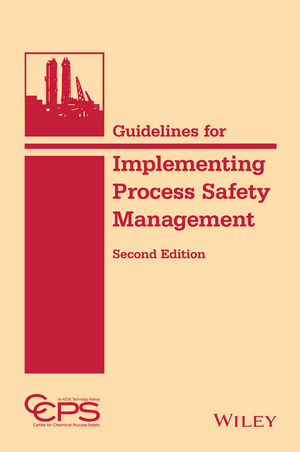Right now, it is a difficult time to be an employee in almost any industry. Massive and rapid shifts in workplace policies have taken place to fight COVID-19. At the same time, workers face greater economic and personal challenges in dealing with the pandemic economy.
The heightened levels of stress and mental illness reported in recent times should give all workplaces reason to reassess their workplace violence protections. There are a host of things you can do to better ensure a workplace free from violence.
Here we identify five best practices for preventing workplace violence while providing helpful resources to all employees.
1. Identify the risks
No workplace violence protection strategy will be complete without first making a comprehensive analysis of possible risk factors. Workplace violence and discrimination can take many forms. Understanding these forms and where your policies may put employees at risk is the best first step you can take in providing better protection.
Here are some of the most common forms of workplace violence:
- Criminal intent, such as shoplifting, robbery, or trespassing.
- Client-on-worker
- Worker-on-worker
- Personal relationships
Depending on your business model and the services you provide, some of these more than others may present more of a threat. Lone oil and gas workers, for instance, will have little risk of worker-on-worker violence but could still face spillover violence from personal relationships while on the job.
Additionally, the considerations you will need to take depend on who works for you. For example, ageism can occur in any workplace, taking the form of elder abuse at its most violent. Your business model and employee base will inform your risk analysis, guiding the steps you take for a safer workforce.
2. Adopt a zero-tolerance policy against violence
While there are no sure guarantees against workplace violence, one of the best policies you can enact is zero-tolerance regarding violence both within and outside of the workplace. You want your workers to feel safe, and even seemingly subtle threats and discriminatory actions like microaggressions can damage your efforts.
That’s why a zero-tolerance approach can be your best bet for a safer workplace. Instituting such a policy comprehensive enough to reduce even the risk of microaggressions first takes the education of yourself and your employees. Then, support workers with updated written guidelines and disciplinary measures.
Often, holes in zero-tolerance violence policies can undermine the effectiveness of anti-bullying measures. Prevent this from happening with clear language and strict adherence to written disciplinary rules.
3. Create and share a written plan
Violence prevention plans are only as good as they are accessible. Make yours a staple of employee resources by disseminating it in written form as easily referenceable material. Your violence prevention plan should include all of the following guidelines:
- How employees and management should commit and participate in violence prevention.
- Analysis of risk factors like dimly lit areas and lone workers.
- Hazard prevention and control measures.
- Health and safety training.
- How to keep records and evaluate the success of the plan.
These are the bases that you should cover when developing a plan to prevent workplace violence. From there, you can address specific circumstances and risks more particular to your precise business model. Focus on clarity of language when formulating your plan and vet it through HR and employees to generate their feedback.
In fact, seeking out employee feedback can be a great way to ensure you don’t miss anything. At the same time, you’ll encourage employee engagement in your violence prevention program.
4. Never retaliate against employees who report or experience workplace violence
One of the most essential aspects of maintaining a violence-free workplace is ensuring that employees do not feel they will be punished for reporting problematic incidents. Your HR teams and disciplinary structures should never retaliate against employees who experience violence themselves or report witnessing it against another person.
Despite having programs and support tools in place, businesses can miss opportunities to help employees when they make them feel as if reporting inappropriate conduct leads to negative consequences for themselves or the victims. Your violence prevention approach should place a priority on confidentiality while ensuring that no victim or witness is punished for attempting to enforce your safety policies.
5. Create programs and gather resources
When it comes to violence prevention, the resources you and your employees have on hand are key. Make sure your library of educational sources, programs, affiliates, and more has enough information to provide your workplace with answers to any questions that may arise in the efforts to prevent violence.
There is virtually no end to the resources you can scour, accumulate, and create yourself. OSHA has many helpful documents to training, materials, and online courses. Meanwhile, team meetings and dedicated activities can support employees and let them know their safety is a priority. Gather your own host of resources or create your own to better build violence prevention into the culture of your workplace.
Securing your workplace against violence
Unfortunately, workplace violence has no real cure. You cannot predict or prevent every harmful scenario that may befall your business. However, you can follow these five best practices to cultivate a culture that defies violence and acts to prevent it wherever it is seen.
Start by assessing all your specific risk factors associated with your staff, business model, and buildings. Then, coordinate training and resources to give your employees an added level of preparation. While we may not be able to end workplace violence altogether, these strategies at least allow us to prevent it where possible.









